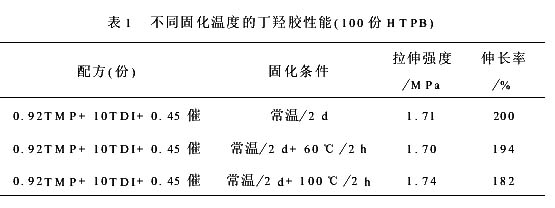Polystyrene plastic (hereinafter referred to as PS) and its foamed product Styrofoam (hereinafter referred to as PSF) have good water resistance, chemical resistance, electrical insulation, shock resistance, heat insulation, and production technology Its mature and low-cost features are a substitute for many materials. It is used in the manufacture of instrument housings, molds, models, heat-insulation materials, and shock-proof packaging and disposable lunch boxes. Growing year by year, it has become one of the four largest plastics in the world today.
The extensive application of PS has brought great progress to the society and brought great convenience to people's lives. However, due to its wide application and scattered consumers, it is not easy to collect after consumption, and it is also resistant to aging. , difficult to degrade, and other plastic sorting technology is still immature and perfect and other factors, waste PS has become a major public hazard, especially one-time use of PSF, light weight, low density, large size, constitutes World-famous white pollution.
Polystyrene is an important macromolecule compound that uses petroleum as raw material. Its one-time use will cause great waste of resources, and it also brings a series of pollution problems to the environment during its production and manufacturing process. Therefore, the recycling of waste PS is of great significance both to saving resources and saving energy, and to reducing the pressure on the environment caused by raw plastics and waste plastics. At present, the disposal methods for waste PS include landfill, incineration, cracking, regeneration, and reuse, among which the reuse method is an effective way to make full use of polystyrene as a chemical resource. The use of scrap PS to prepare adhesives and related products is a major aspect of reuse.
1 Simple polystyrene adhesive
1 Experimental section
1) The main raw materials. Polybutadiene glycol (hydroxyl content 6.9×10-4 mol/g), epoxy resin (EP618, epoxy value 0.48 to 0.54), toluene diisocyanate (TDI), polymethylene polyphenyl isocyanate (PAPI) Etc. (curing agent), polyisoprene alcohol acrolein resin (123 resin); carbon black, lead dioxide, CaCO3 nanomaterials (reinforcing material), dioctyl adenic anhydride (DOA).

2) Samples and their analysis tests. According to the GB/T1040-92 tensile properties of plastics test methods, made of dumbbell-shaped sheet.

2 Results and Discussion
2.1 Effect of Curing Temperature on Performance
The styrene butadiene rubber formulation (100 hydroxybutyrate HTPB) studies are shown in Table 1. It can be seen from Table 1: Under normal circumstances, the catalyst is added at room temperature for 2 days, and the tensile strength and elongation do not change much. It shows that the addition of 045 parts of catalyst can fully cure butyl rubber at room temperature, its tensile properties change little with the curing temperature, when the temperature is increased by 100°C, the strength of curing for 2 hours slightly increases, which is the result of the reaction of carbamate and excess isocyanate, increasing the Cross-linking density, but it is the increase in cross-linking that causes the elongation to drop more.
2.2 Effect of the amount of curing agent on performance
From Table 2 (100% HTPB of butyl hydroxy), it can be seen that by increasing the amount of TDI, the adhesive strength increases, but the elongation decreases, indicating that the crosslinking density increases after the curing agent content increases; if the TMP is not added, the strength and elongation decrease greatly. Add MDI instead of TDI, strength, elongation increased significantly; add PAPI as a curing agent, can be cured at room temperature without catalyst, its strength, elongation and TDI curing is almost, but the operation is convenient.
Hair Care,Hair Dye,Hair Remover,Wig Glue
Guangzhou Yilong Cosmetics Co., Ltd. , https://www.skinmelao.com